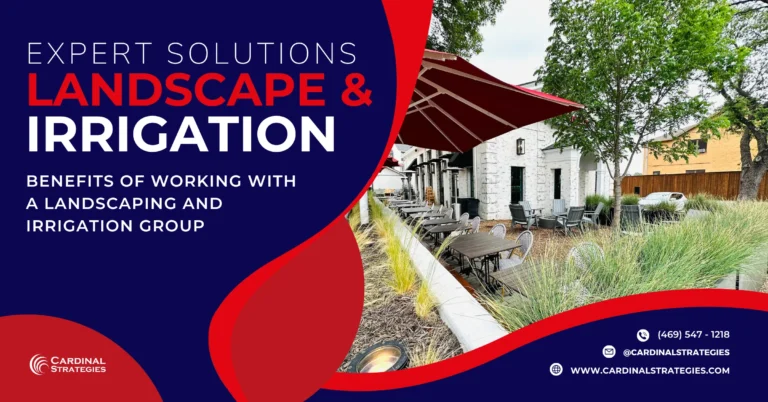
When thinking about a construction project, envisioning the final product is often the focus – the new building, the renovated space, the improved infrastructure. However, it’s essential to remember the behind-the-scenes work that goes into these projects. One critical aspect is erosion control. Not only is it required by law in many cases, but it also keeps the site safe, reduces damage, and minimizes environmental impact. In this post, we’ll explore the importance of proper erosion control and some best management practices that everyone involved in construction projects should know.
Erosion control encompasses many different practices that aim to reduce the amount of sediment runoff from a construction site. Sediment is one of the biggest pollutants and causes significant harm to water resources, aquatic ecosystems, and drinking water supplies. So, proper erosion control is essential to keep sediment on the construction site and away from those critical resources. There are several BMPs, or best management practices, that should be followed to maintain proper erosion control. One important BMP is slope stabilization. Construction sites are often areas of steep slopes, which makes it easy for sediment to slide down and off the site. Many slope stabilization methods exist, from erosion control blankets to vegetation or combination strategies. Whatever choice is made, it’s essential to ensure that the slope is stable and prevents any sediment from leaving the site.
Another vital BMP for construction sites is sediment control. This method aims to capture any sediment that may be falling off the construction site and transport it to an appropriate location, such as a sediment basin. Common sediment control practices include filter fencing, or silt fencing, sediment basins, and graded pits. The goal is to capture sediment and prevent it from leaving the site. It’s also important to check on and maintain BMPs regularly. If filters become clogged, or sediment basins become full, then sediment may flow off the site and into the environment.
Stabilized entrances and exits are also important components of proper erosion control. These are the entry and exit points where construction trucks and equipment enter and exit the site. They often become muddy, which makes it easy for sediment to travel off-site. Stabilizing the entrances and exits can help prevent this from happening. Common stabilize entrance and exit practices include laying down gravel or installing mats, thus reducing mud from tracking onto paved roads and streets.
When it comes to construction sites, erosion control is essential; otherwise, the environmental impact could be severe. Sediment runoff can impact both water quality and the overall health of aquatic ecosystems. Proper erosion control practices make a valuable, measurable difference, not just in the environment but also in public safety. So, if managing a construction site, or working on one, ensure that you prioritize proper erosion control BMPs.
Erosion control isn’t the most glamorous part of construction projects, but it’s vital to maintain a safe site and minimize environmental harm. Proper BMPs ensure that sediment stays on-site and doesn’t impact surrounding water resources or aquatic life. Slope stabilization, sediment control, stabilize entrances and exits, and maintaining BMPs are all essential pieces of the erosion control puzzle. If you’re working on a construction project, ensure that proper erosion control measures are in place – it will pay off in the long run. Contact us today to get started on your next construction project.

Cardinal Strategies provides the engineering, environmental, and construction expertise needed to solve complex stormwater challenges.
2024 WBE of the Year Award Winner
Firm PE Certifications:
Texas Firm No. F-11976
Oklahoma Firm No. 7713







© 2023 Cardinal Strategies. All Rights Reserved.
Site built by Harp & Sling